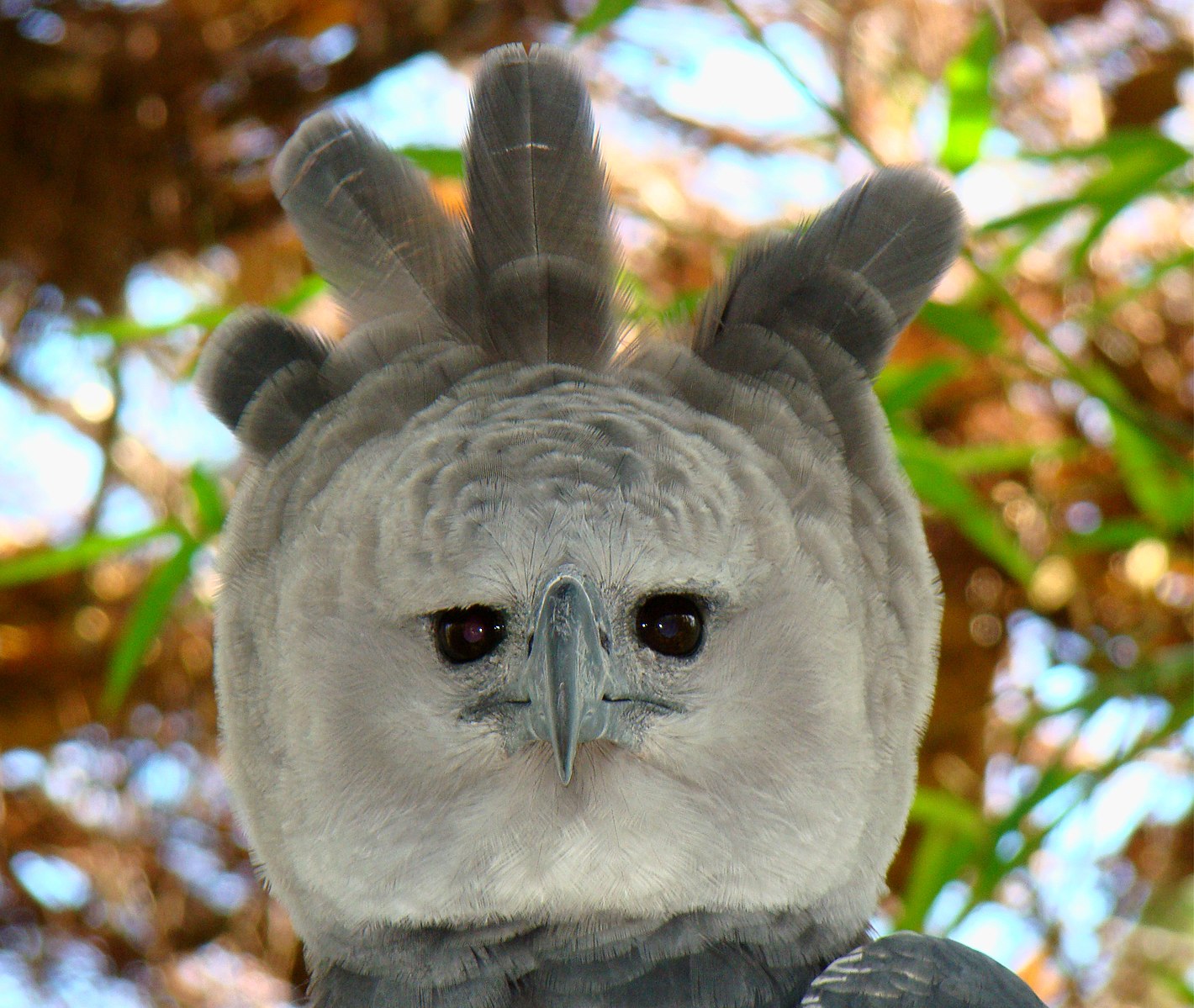Harpy eagles are one of the largest and most powerful birds of prey in the world, known for their impressive size, strength, and hunting prowess. These majestic birds are found in the tropical rainforests of Central and South America, and their breeding and nesting habits are of great interest to birdwatchers and conservationists alike. In this blog post, we’ll explore the details of when harpy eagles lay their eggs and the fascinating aspects of their reproductive cycle.
Harpy Eagle Breeding Cycle
Harpy eagles have a unique breeding cycle that is adapted to their environment and lifestyle. These birds typically lay eggs once every two to three years, with each breeding pair laying one or two eggs in a clutch. The eggs are white in color and measure approximately 3.5 inches long and 2.5 inches wide.
The incubation period for harpy eagle eggs is between 53 to 56 days, during which both the male and female take turns sitting on the nest to keep the eggs warm and protected. Once the eggs hatch, the chick is cared for by both parents, with the male providing food during the early stages of the chick’s life. The female then takes over the feeding duties as the chick grows older.
Chick Development and Independence
 Image source: Harpy Eagle by Bjørn Christian Tørrissen
Image source: Harpy Eagle by Bjørn Christian Tørrissen
After hatching, the harpy eagle chick is dependent on its parents for food and care. At around one month old, the chick is able to stand and move around the nest, and by five months old, it has developed its feathers and is capable of flying. This marks the end of the chick’s dependence on its parents, and it will eventually leave the nest to establish its own territory.
Factors Affecting Harpy Eagle Breeding
Harpy eagles have a low reproductive rate due to the long incubation period and the time it takes for the chick to become independent. This makes them vulnerable to population declines, as any disruption to their breeding cycle can have significant impacts on their numbers.
Some of the factors that can affect harpy eagle breeding include:
- Habitat loss and fragmentation: Deforestation and the destruction of their rainforest habitat can make it difficult for harpy eagles to find suitable nesting sites and resources to support their breeding.
- Human disturbance: Increased human activity and development near harpy eagle nesting sites can disrupt their breeding cycle and cause them to abandon their nests.
- Climate change: Changes in weather patterns and temperature can affect the availability of prey and other resources that harpy eagles rely on for successful breeding.
Conservation Efforts
Despite the challenges facing harpy eagle populations, there are ongoing conservation efforts to protect these magnificent birds and their habitat. Organizations like the Peregrine Fund have been working to breed and release harpy eagles into the wild, helping to stabilize populations in some areas.
Additionally, efforts to protect and restore rainforest habitats in Central and South America are crucial for the long-term survival of harpy eagles. By supporting these conservation initiatives and raising awareness about the importance of these apex predators, we can help ensure that harpy eagles continue to thrive in their natural environment.
Conclusion
Harpy eagles are truly remarkable birds, with a unique breeding cycle that is adapted to their role as top predators in the rainforest ecosystem. By understanding the details of when they lay their eggs and the factors that affect their breeding, we can better appreciate the importance of these birds and the need to protect them for future generations.
Reference:
– Latin Roots Travel, “9 Harpy Eagle Facts: Amazon’s Great Hunter”
– San Diego Zoo, “Harpy Eagle”
– National Audubon Society, “10 Fun Facts About the Harpy Eagle”
– World Rainforests, “Harpy Eagle”
– The Peregrine Fund, “Harpy Eagle”



